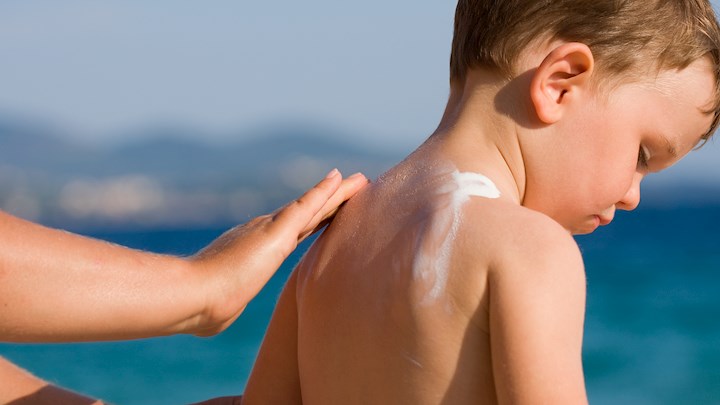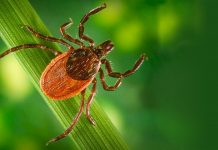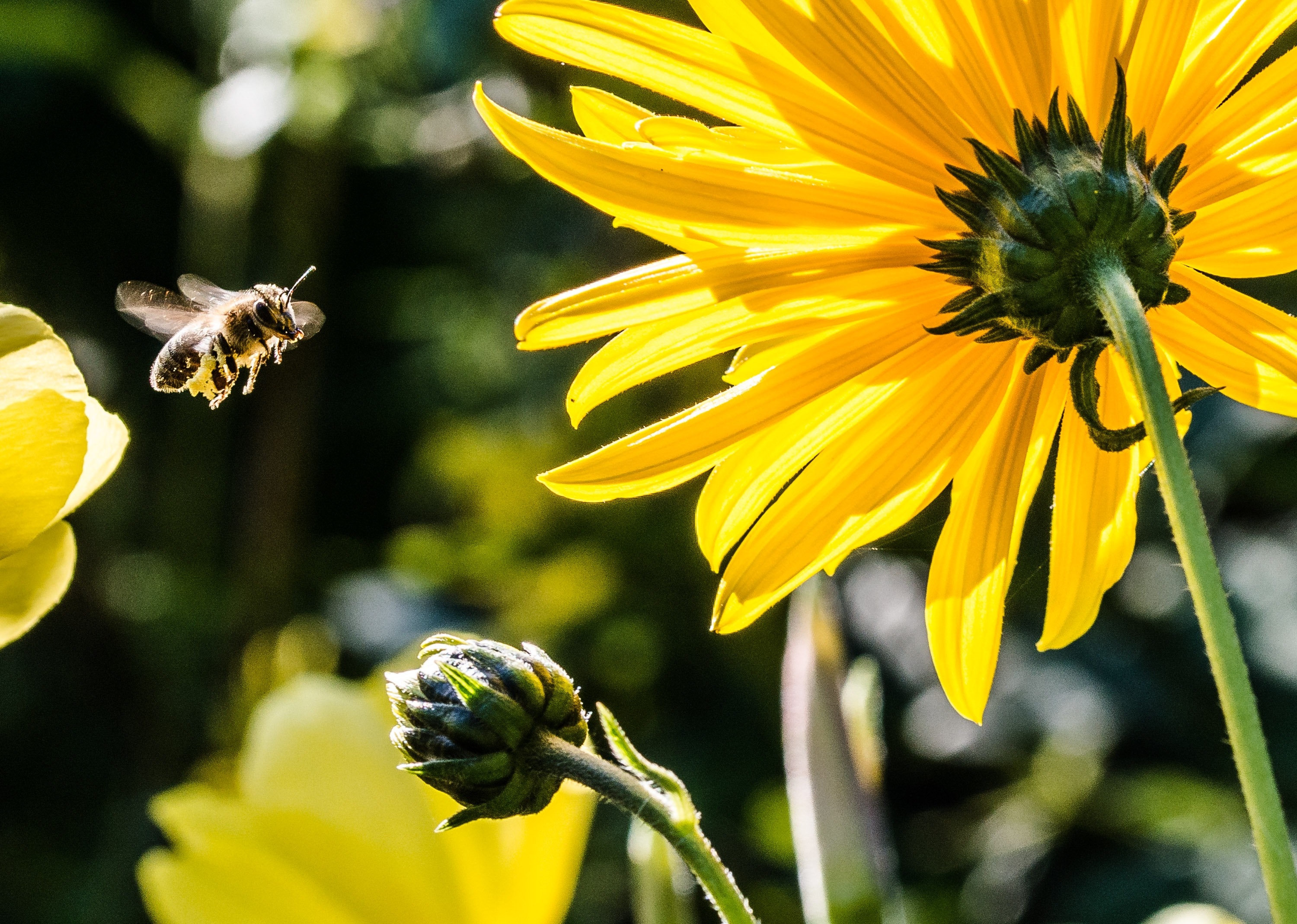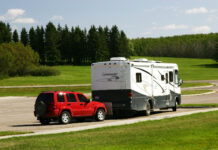By Carolanne Babuik
2021 marks RV Lifestyle Magazine’s 50th anniversary year and we are highlighting previously published articles that are still relevant. This article on burns and burn prevention was originally published in 2000 in the Aid D’Camp column of Vol. 29 No. 5. Author Carolanne Babuik was a registered nurse and a seasoned RVer.
–
This season add a first-aid kit and course to your RV checklist. Never assume the campground you are visiting is equipped with a first-aid station or ‘on-duty’ nurse or medic. Some campgrounds will utilize the pool lifeguard to assist in an emergency but this is not always the case. Be prepared and take it upon yourself to handle campground care and emergencies.
COOL AND COVER
As an avid RVer, the two most common burns I see are campfire burns and sunburns. These are (in most cases) easy to treat, but all are preventable. Campfires are a great part of camping. Cooking, roasting marshmallows, telling stories are all fun campfire activities; getting burned is not.
Last season, as I was sitting at my own campfire, a mother came to me for help. Her little girl had a burn on the bottom of her foot, it seems she had been running around the campfire barefoot and had stepped on a hot coal. As with any first or second-degree burn we soaked the injured area in clean, cool water. We covered the wound with a sterilized dressing and I advised the mother not to administer creams, but to seek medical attention.
My family has been RV camping for years and I am still amazed at the number of campers who, year after year, go unprotected in the sun and end up with a burn. Eventually, all the years of prolonged exposure to the sun’s rays may damage the skin; for example, the loss of the skin’s elasticity (skin takes on a leathery appearance) or difference in skin pigmentation (blotches on the skin). In some cases, skin cancer can occur. Sunburns, in most cases, are first-degree burns but can go to the second degree.
SIGNS, SYPMPTOMS and TREATMENT
1st Degree Burn: appears red and is painful
2nd Degree Burn: appears red, is painful and blisters
3rd Degree Burn: appears black or charred in colour, sometimes with no pain
Whether it’s a first or second-degree burn the most important first aid step is to get rid of the heat source by immersing the area in cool water or applying cool, wet compresses on burns to the back or chest. Never break blisters. Blisters protect the new skin being formed; by breaking the blister you end up with an open wound susceptible to shock and infection. Due to the severity of a third-degree burn, immediately cover the area with a dry, sterile dressing and seek medical attention.
The most important part of first aid is prevention. Here are a few tips to reduce your risk of burns:
- Use sunblock (no less than SPF 15). Re-apply as needed and after swimming. Do not apply near the eyes.
- Wear a wide-brimmed hat and T-shirts.
- Try not to say in the sun too long during the peak hours of 10 am to 4 pm.
- Drink plenty of fluids.
- Watch children around campfires.
- Use campfire forks with insulated handles.
- When sitting around a campfire, keep back a safe distance and sit upwind. Be aware of flimsy foldable camping chairs.
- Do not use igniter fluids when starting any type of fire.

























